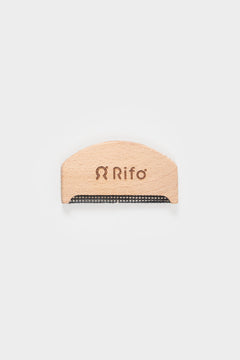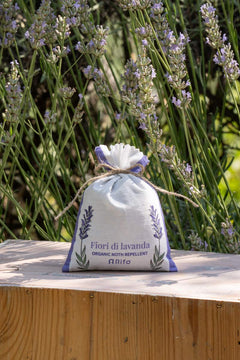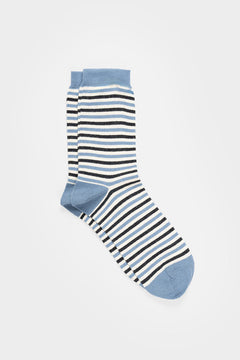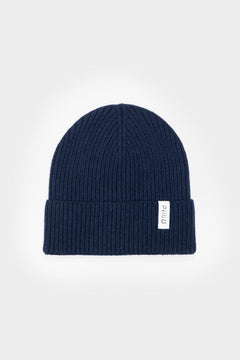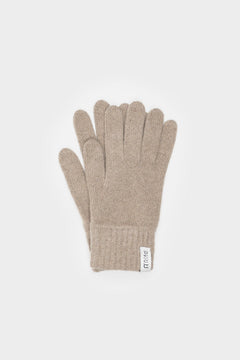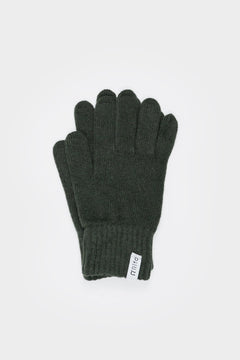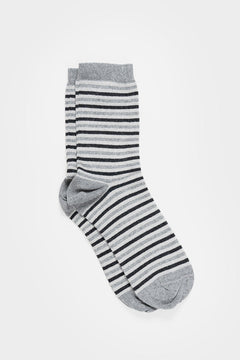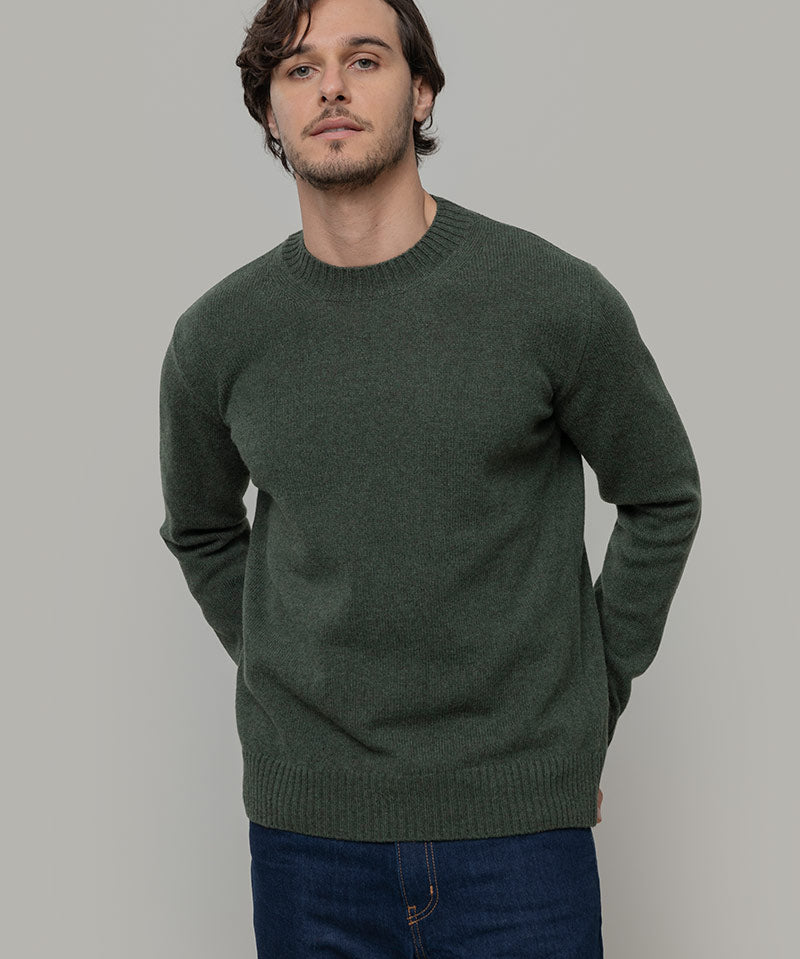This movement was born in 2013 and it fights against an unfair world of fashion, that too often ignores workers' rights and has a way too aggressive impact on our planet. It was born as a response to the inhuman rhythms imposed by the fast fashion industry, which were the cause of the Rana Plaza tragedy in Bangladesh where 1,129 textile factory workers died, crushed by the rubble of the building. The latter collapsed because of the

What is Fashion Revolution?
Fashion Revolution is a global movement formed by activists who believe in a different fashion industry, which respects human rights and the environment, at all stages of the supply chain. It is with this idea that producers, workers and leading fashion personalities have gathered, followed by writers, entrepreneurs, politicians, brands and shops who have decided to join this battle. The mission of Fashion Revolution is simple: radically transform the fashion industry from an ethical point of view with the commitment of those who love this world and want to change it for who produce, buy and consume the items of clothing.How Fashion Revolution was born
April 24th 2013 is a day that will remain in history: it is about 9 am when an eight-storey commercial building, the Rana Plaza, collapsed on itself in Dhaka, the capital of Bangladesh, due to a structural collapse, burying the over 3,000 workers who were at work at that time. It is one of the greatest tragedies in modern history, which caused the death of more than 1,129 people and 1,134 victims. A massacre that could have been avoided. The previous day, in fact, several workers had expressed their doubts about the solidity of the building. Fearing they would lose their jobs the workers went to work that day too, forced by the factory owners, engaged in making clothes for many western brands. Fashion Revolution sees the light at the moment: the fashion designers Orsola de Castro and Carry Somers were the ones who created it, a year after the tragedy, April 24th 2014, proclaiming Fashion Revolution Day. One day to honor the memory of the 1,133 victims of the collapse of the Rana Plaza, a building that became the symbol of a world that too often ended up putting profit before human rights. In the years that follow the movement more and more people joined the movement, united by the common goal of protecting those who work in the fashion world. Understanding how clothes are born, where they come from and which is the production chain, it is necessary to re-establish the value of the clothes we buy, asking ourselves if all this goes against the rights of workers, which are often found in the poorest areas of the world.
The founders
Who supports Fashion Revolution
Fashion Revolution wants to be the first step in becoming aware of what it means to buy a piece of clothing, towards a more ethical and sustainable future for the fashion industry, respecting people and the environment. Choosing what we buy can create the world we want: each of us has the power to change things for the better and every moment is good to start doing it.This is how Marina Spadafora, coordinator of Fashion Revolution Day in Italy, defines the goal of a movement that in recent years has seen the adhesion of thousands of people and names like Elio Fiorucci, Bernardo Bertolucci, Noah Stewart, Saturnino Celani, Domiziana Giordano, Giampiero Judica and Jordan Stone. Directors, musicians, actors, workers engaged in the fashion world united in a revolutionary struggle shouting "Who made my clothes?"
Fashion Revolution focuses on building a future in which such incidents never happen again. We believe that knowing who makes our clothes is the first step in transforming the fashion industry. Knowing who makes our clothes requires transparency, and this implies openness, honesty, communication and responsibility. Reconnect broken bonds and celebrate the relationship between customers and the people who make our clothes, shoes, accessories and jewelry - everything we call fashion. (Orsola de Castro, co-founder of Fashion Revolution)[caption id="attachment_20795" align="aligncenter" width="300"]

The #Whomademyclothes communication campaign
For the creators of Fashion Revolution, the Rana Plaza tragedy represented a point of no return, an episode which necessarily had to stir the conscience of those who belong to the fashion world, but also to producers and simple consumers. It is with this aim of raising awareness that the #whomademyclothes communication campaign is born, to encourage people to ask themselves where the clothes they buy come from and to what economic they have been made. "We are campaigning for an industry where environmental protection, like human rights, is the standard and not the exception." To say it is Carry Somers, a British designer who founded Fashion Revolution together with Orsola de Castro just after the collapse of Rana Plaza. From 22 to 28 April 2019, over 3 million people joined the #whomademyclothes campaign, wearing a garment on the contrary and publishing the photo on their social networks. When asked "who made my clothes?" the great brands tagged were asked to respond, demonstrating the complete transparency and fairness of their production chain. [caption id="attachment_20808" align="alignnone" width="1000"]
The True Cost, the dark side of fashion in a documentary
Remaining on the subject of the supply chain, one of the pillars that contributed to the birth of a movement in favor of sustainable fashion, is the documentary The True Cost, which try to give an answer to the question of the #WhoMadeMyClothes? and investigates the factories and places where the clothes of the biggest fashion brands are produced. When we buy an iten of clothing in large stores and we read "Made in China" or "Made in Bangladesh" on the label, do we ever wonder how much that item actually costed? Created in 2015 by the famous British director Andrew Morgan, The True Cost shows the dark side of the so-called fast fashion industry between pollution, waste, exploitation of the third world and human rights constantly trampled in the name of profit.Rifò, a little fashion revolution
We have therefore seen how Fashion Revolution has among its objectives the one of fighting for a future of the fashion world more fair and equitable for workers and at the same time sustainable and respectful of the planet that hosts us. It is starting from the same desire to change in the fashion world that the Rifò project was born. Through our sustainable and regenerated clothing line, made in Italy within a radius of 30 km from our headquarters through the work of the skilled craftsmen, we express our daily support to Fashion Revolution.

